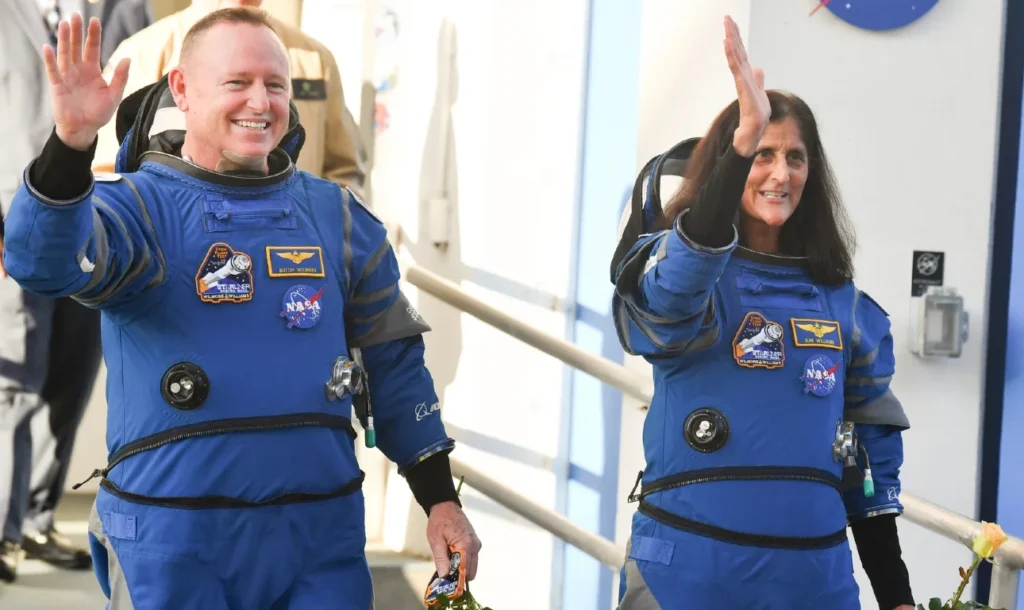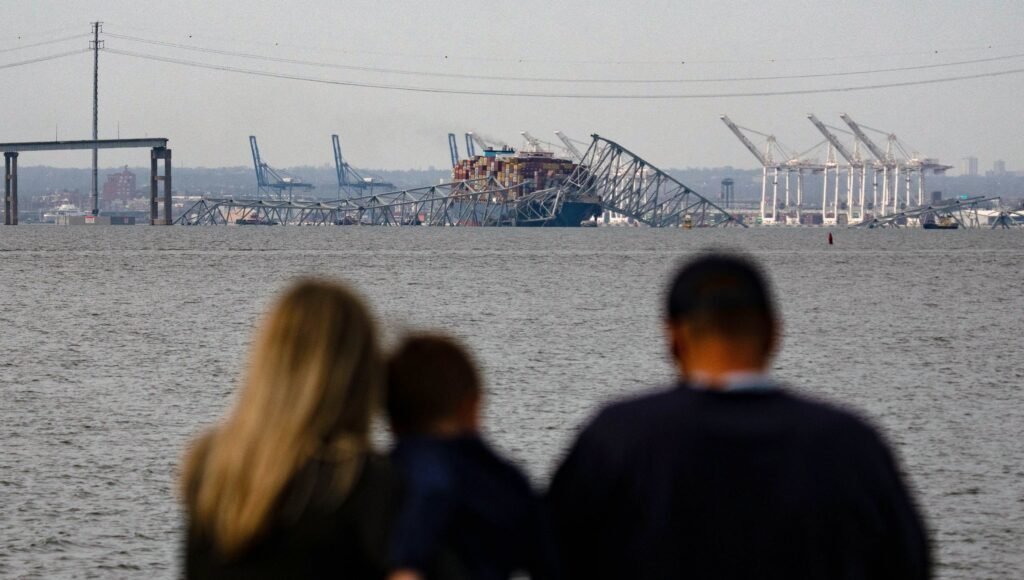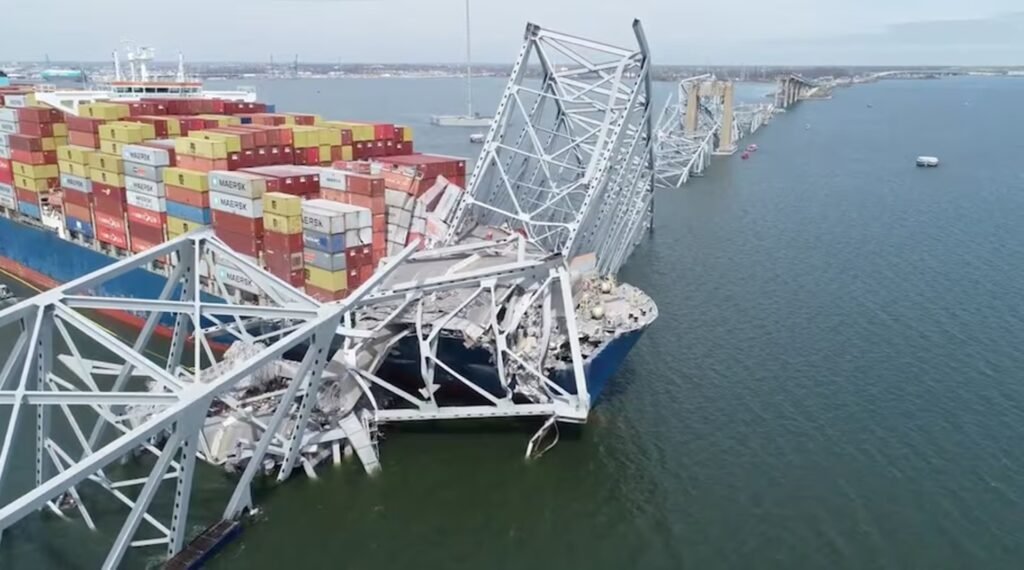Almost two months after their send-off, and nearly 50 days after they were initially expected to return to Earth, two astronauts are stuck at the International Space Station (ISS). The situation has raised questions about Boeing’s technological and engineering capabilities, particularly regarding the issues with their Starliner spacecraft. Barry “Butch” Wilmore and Sunita “Suni” Williams, the astronauts aboard the Starliner, have remained on the ISS longer than planned, though NASA and Boeing insist they are not “stranded,” as some headlines suggest.
The Challenges Faced by Boeing Starliner
The mission was always intended as a test journey for the spacecraft. Boeing and NASA have stated that the extended time spent diagnosing and fixing the spacecraft’s issues—such as multiple helium leaks and engines shutting off unexpectedly—was necessary. According to Mark Nappi, Vice President and Program Manager of Boeing’s commercial crew program, more time is needed to fully understand and resolve these issues in the unique space environment.
Testing and Evaluation
Recently, NASA and Boeing engineers tested 27 of the Starliner’s 28 thrusters, which are crucial for propelling the spacecraft. The departure date for the spacecraft and its crew will be determined based on the results of these tests. Although Boeing’s space program has faced significant challenges, this mission’s extended duration from 10 days to over 55 days has been essential for ensuring the spacecraft’s safety and reliability.
Pre-Launch Issues and Delays
Boeing and NASA initially planned for the Starliner to transport astronauts regularly to and from the ISS by this year. However, several pre-launch issues delayed this timeline. A faulty pressure regulation valve in the liquid oxygen tank caused the first postponement. This was followed by a helium leak in the service module, pushing the launch date further back. Additional helium leaks and issues with the reaction control system thrusters further complicated the mission after docking with the ISS.
Current Status and Future Steps
Recent testing at the White Sands Test Facility in New Mexico has shown the thrusters to be functioning correctly, which is crucial for the astronauts’ safe return to Earth. The helium leaks also appear to be stabilized, though a return mission date has yet to be scheduled. According to Laura Forczyk, the executive director of the space consulting group Astralytical, the situation is not considered critical or dangerous, but rather a cautious approach to ensure safety.
The Broader Context of Boeing’s Space Program
The Boeing commercial space project has faced numerous challenges since its inception in 2014. There have been three problematic launches, including a software issue in 2019 that prevented the spacecraft from docking at the ISS. Although an uncrewed Starliner successfully docked at the ISS in 2022, other technical issues have persisted. Meanwhile, SpaceX’s Dragon spacecraft, which has completed multiple successful missions since 2020, serves as a backup for returning Wilmore and Williams to Earth if necessary.
Highlights Of This Incident
The extended stay of the two astronauts in space highlights the complexities and challenges of space travel. While Boeing’s Starliner mission has faced numerous hurdles, the ongoing tests and evaluations aim to ensure the safety and success of future missions. As the situation unfolds, it remains to be seen how Boeing will address these issues and whether the Starliner will fulfill its intended role in space exploration. The title “Why Two Astronauts Are Stuck In Space” encapsulates the current state of uncertainty and the technical challenges that lie ahead.
“Stay In Touch With Us For More Latest News & Updates. Follow Us On Twitter and Facebook To Stay Aware”




